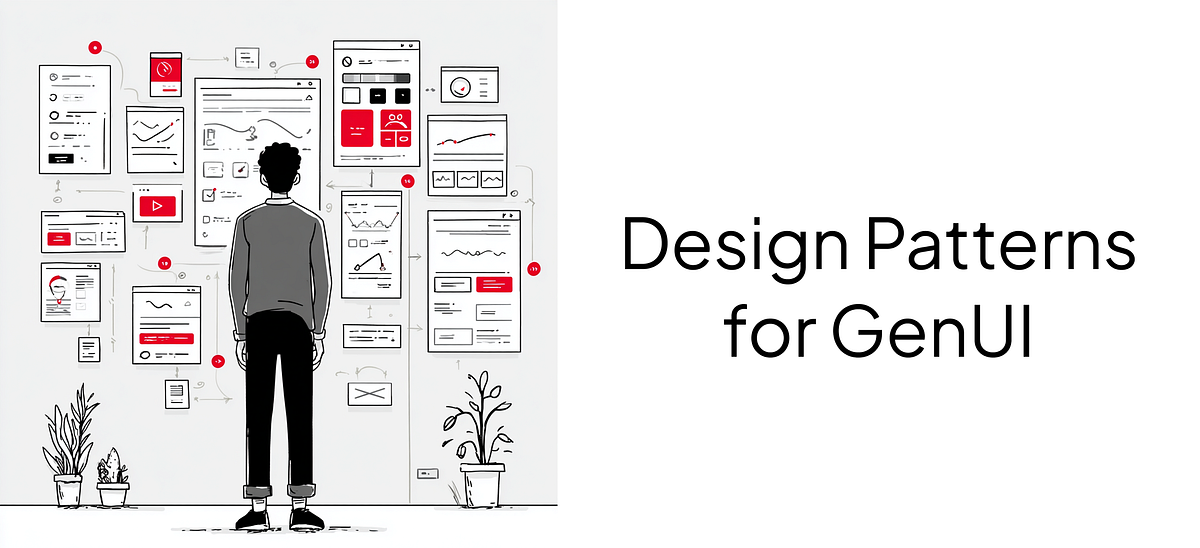
"Service design is evolving and we're quickly moving past static screens and pages toward dynamic, contextual experiences. In my previous article, Service Design in the Era of AI Agents, I discussed this evolution in detail. After reading it, many people reached out with one specific question: what exact design patterns will we use for GenUI apps? In this article, I decided to discuss specific foundational patterns for GenUI apps."
"Despite that a concept of a GenUI system sounds fancy, in reality its possible to break it down into 3 foundational elements: LLMs models interpret user goals. This of it as AI 'brain' that analyzes user input, behavior, and provided data to understand the context. Design systems + tokens. AI uses pre-defined building blocks such as components, styles, accessibility rules when interacting with users. Real-time rendering engines. AI pairs context with design system elements to assemble layouts dynamically."
GenUI is a paradigm where AI dynamically generates and adapts user interface elements in real time based on user context, goals, and behavior. GenUI systems rest on three foundational elements: LLMs that interpret user goals, design systems with tokens providing components and accessibility rules, and real-time rendering engines that assemble layouts dynamically. Design patterns act as reusable problem→solution→guidelines templates that can be plugged directly into specs or design systems. Six foundational patterns apply to GenUI products. The intent-capture pattern combines explicit goal capture from user prompts with analysis of recent intents and supports plain-text expression for simple cases.
Read at Medium
Unable to calculate read time
Collection
[
|
...
]